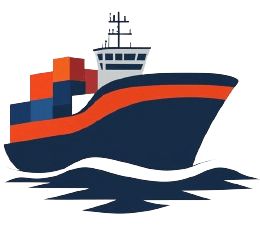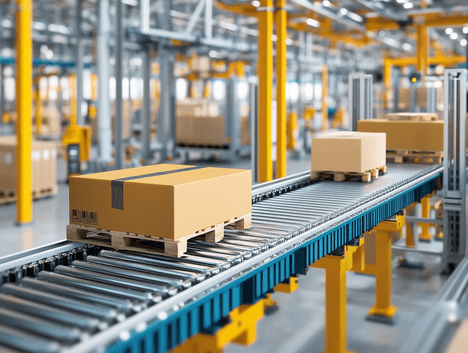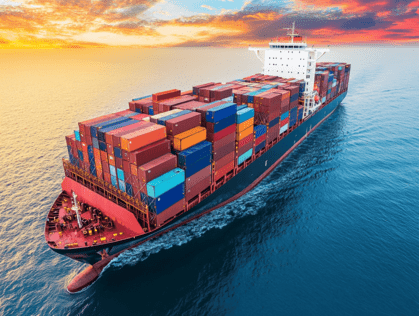Automated Customs Compliance Checks vs. Manual Checks
| Criteria | Automated Customs Compliance Checks | Manual Checks |
|---|---|---|
| Definition | Use of software systems and algorithms to verify compliance with customs regulations automatically. | Human-driven process where customs compliance is checked manually. |
| Efficiency | Highly efficient with faster processing times and reduced delays. | Slower due to the time required for manual verification and processing. |
| Accuracy | High accuracy with reduced risk of human error; consistently applies rules. | Prone to human error, inconsistencies, and oversight. |
| Cost Implications | Higher initial setup costs but lower ongoing operational costs due to automation. | Lower initial costs but higher long-term operational costs due to labor. |
| Scalability | Easily scalable to handle large volumes of transactions and varying complexities. | Limited scalability; requires proportional increase in workforce to handle more transactions. |
| Compliance Updates | Automatic updates to software for regulatory changes, ensuring current compliance. | Requires continuous training and manual updates to keep up with regulatory changes. |
| Resource Allocation | Optimizes resource allocation by reducing the need for extensive human intervention. | Requires significant human resources to manage and perform checks. |
| Risk Management | Proactively identifies and mitigates compliance risks using predictive analytics. | Reactive risk management, often identifying issues only after they occur. |
| Data Integration | Seamlessly integrates with other enterprise systems (ERP, CRM) for comprehensive data management. | Integration is more challenging and often manual, leading to data silos. |
| Operational Continuity | Ensures continuous operations with minimal disruptions; automated systems can work 24/7. | Subject to interruptions due to human factors such as holidays, sick leave, and working hours. |
| Audit Trail | Provides detailed and easily accessible audit trails for all transactions. | Audit trails are manually maintained, which can be cumbersome and error-prone. |
| Compliance Monitoring | Continuous, real-time monitoring and reporting capabilities. | Periodic monitoring, often leading to delays in identifying non-compliance. |
| Customs Clearance Time | Significantly reduced clearance time due to automated processes. | Longer clearance time due to manual checks and potential bottlenecks. |
| Implementation Complexity | High complexity during initial implementation but streamlined operations thereafter. | Lower complexity in implementation but higher complexity in ongoing management. |
| User Expertise Required | Requires technical expertise to manage and maintain automated systems. | Requires knowledge of customs regulations and manual inspection processes. |
| Examples | Large multinational companies and e-commerce giants use automated systems for compliance. | Small to medium enterprises (SMEs) and businesses with less frequent international trade may rely on manual checks. |
| Adaptability | Quickly adaptable to new regulations and changes in the trading environment. | Slower to adapt due to the need for retraining and manual process adjustments. |
Conclusion
Automated Customs Compliance Checks offer high efficiency, accuracy, and scalability with lower long-term operational costs, while Manual Checks, though initially less costly, present challenges in scalability, accuracy, and adaptability.


